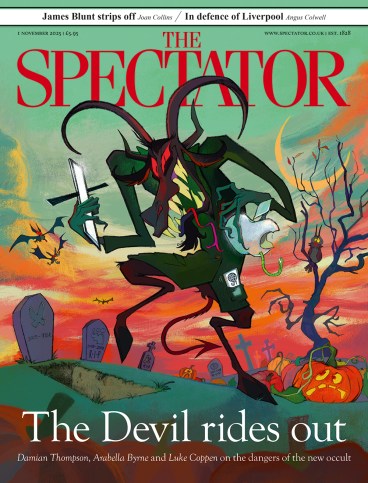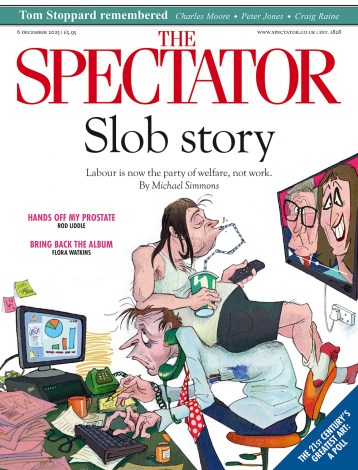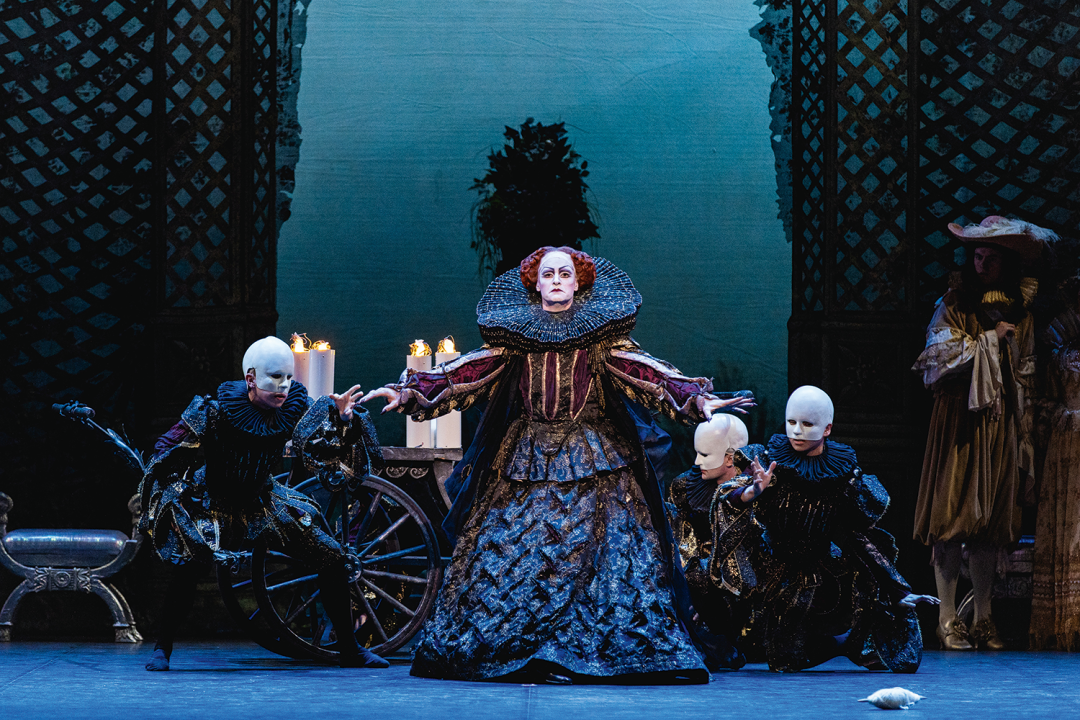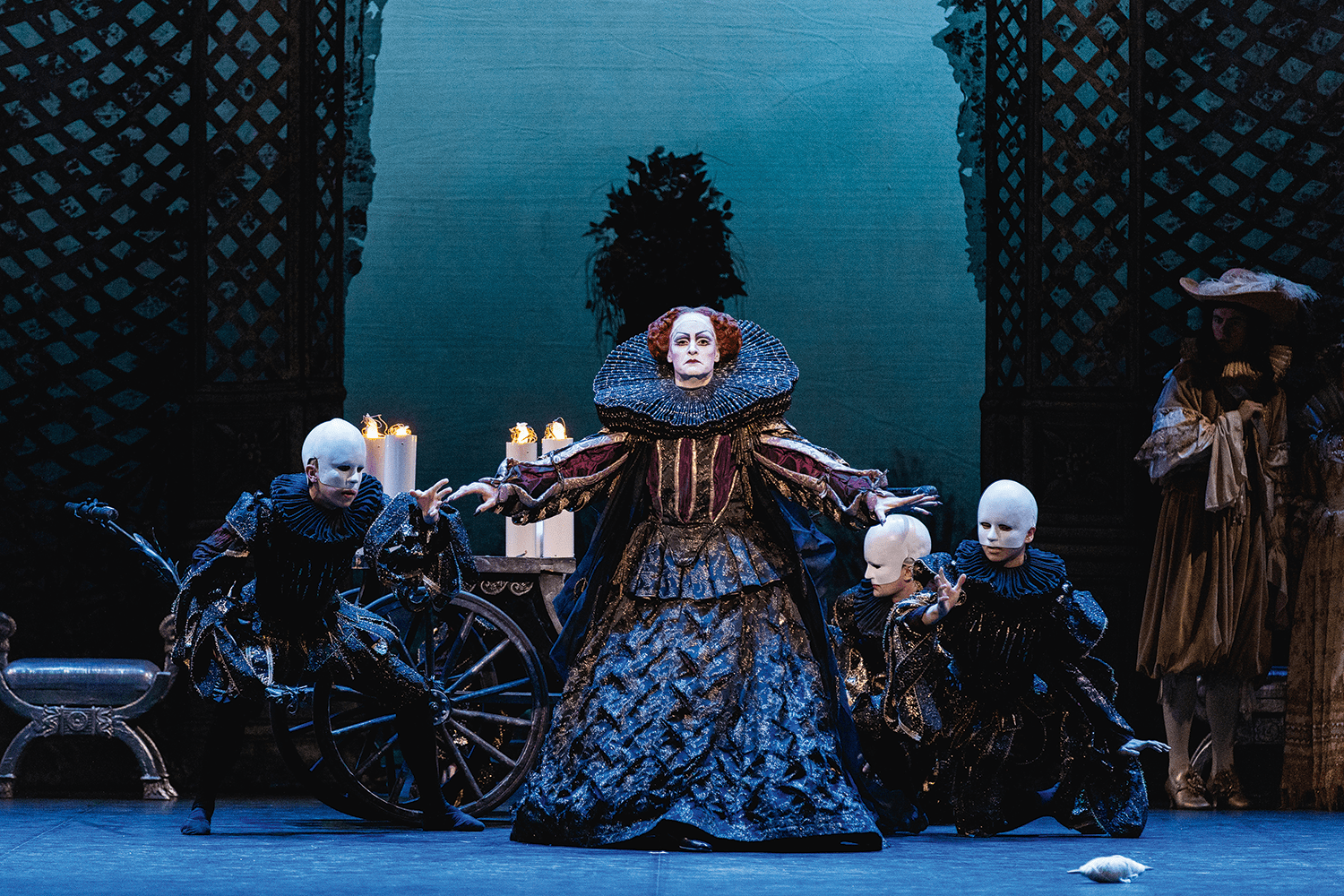
Let’s face it, The Sleeping Beauty runs the high risk of being a bit of a bore. A wonderfully inventive score by Tchaikovsky fires it up of course, but precious little drama emerges after nasty Carabosse gatecrashes the royal christening, and there’s too much imperial parading and courtly kowtowing throughout. Connoisseurs may relish what survives of Petipa’s choreography as a lexicon of academic classicism, but it has to be magnificently danced if it is to be animated. And it almost never is.
English National Ballet has revived Kenneth MacMillan’s production, originally staged by American Ballet Theater in 1987. On the first night of the current run, the lighting was prosaic and the puff-of-smoke and dry-ice effects were laughably feeble. Combined with the basic mismatch between Nicholas Georgiadis’s cumbersome Louis Treize costumes and Peter Farmer’s pretty but flimsy scenery, the intended spectacle never makes much effect. Too much time is spent on scene changes with the curtain lowered and the orchestra playing interludes.
MacMillan’s version of the text plays it fairly safe, but makes a drastic cut to the first half of the third scene, eliminating the gavotting and farandoling of the Prince’s hunting entourage. The fairytale guests at the wedding are also pared back, mercifully. There is a lot of mime, its code explained in the programme. MacMillan has been no more successful than anyone else in making the standoff between Carabosse and the Lilac Fairy motivated or plausible, but perhaps that is something that only the literal-minded will care about.
Emma Hawes, currently ENB’s prima ballerina, dances the role of Aurora with steely but characterless elegance: the steps were clearly executed but I never got a sense of the ingenuous, impulsive innocent child turning sweet 16, nor of the serenely disembodied creature in the vision scene. Those cursed balances in the Rose Adagio were tensely negotiated, and it was only in the formal final pas de deux with Aitor Arrieta’s trusty Prince that she seemed at ease. Anna Nevzorova made a businesslike Lilac Fairy and Daniel McCormick showed off a lovely airy jump as the Bluebird. The succession of solo variations in the Prologue – an acid test of any company’s technical discipline and stylistic imagination – were adequately done, and the corps looked well drilled.
But the only memorable performance of the evening came from James Streeter as the witchy Carabosse – no pantomime villain, but a crabby old dame of icy malignity and sarcasm. Given the smiling blandness of everyone else in the story, I couldn’t help being on her side in wanting to explode the whole royalist kerfuffle to smithereens.
James Streeter as Carabosse was no pantomime villain but a crabby old dame of icy malignity and sarcasm
The production tours to Southampton and Manchester next month, and will be adapted for the Royal Albert Hall next summer. The Liverpool audience gave this first performance a generous reception, but in the absence of any magic or majesty, I felt this Sleeping Beauty is yet to be fully woken up.
The Royal Ballet can’t claim to be doing much better at rousing her. In 2004, following several flawed attempts at something different, the management reverted to its 1946 staging designed by Oliver Messel. It may have historic interest as the last of Messel’s theatrical conceptions to survive and it has done sterling service, but it has come to look very tired, drably pastel, and no longer fit for service. A new version to be designed by John Macfarlane and produced by Liam Scarlett was in discussion, until Scarlett was cancelled and tragically killed himself. The Sleeping Beauty is a work fundamental to the Royal Ballet’s mythology and identity: has it decided what to do next with this problematic masterpiece?








Comments